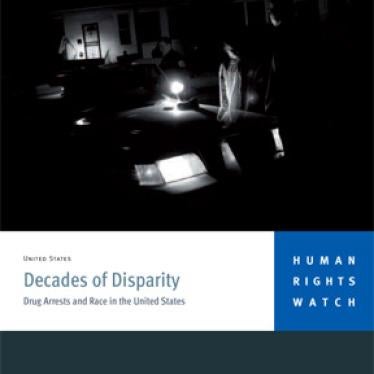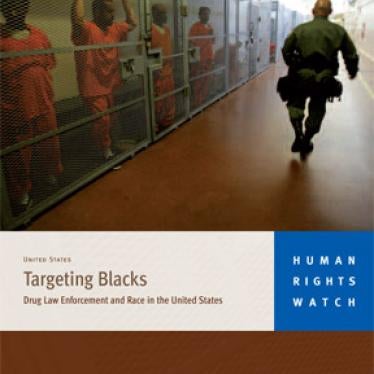Dear Senator:
We write to urge you to overturn drug sentencing laws enacted more than two decades ago which have yielded egregiously severe sentences for low level offenders and unjustifiable racial disparities in sentencing, and cast doubt on the nation's commitment to equal justice under the law.
Specifically, we urge you to support any legislation that would eliminate harsher sentences for crack cocaine than powder cocaine offenders. As you no doubt know, federal legislation from 1986 established the infamous 100-1 ratio in the quantity of powder cocaine required to trigger the same sentence as crack cocaine. Crack is also the only drug for which federal law mandates a minimum five year prison term for simple possession of a small amount, even if it is a first offense.
Well documented criticisms of the unintended impact of federal cocaine sentencing laws are numerous, and many have focused in particular on their racial impact. In 2007, 27 percent of crack cocaine users were black and 65 percent were white.[1] Yet 83 percent of those incarcerated for federal crack offenses are black.[2] Black Americans thus disproportionately bear the burden of the far higher crack sentences. The average federal crack cocaine drug offender's sentence is 55.8 percent longer than the average powder cocaine offender sentence-120 months compared to 77 months.[3] The average length of imprisonment of street-level dealers of crack is 97 months compared to 48 months for a street-level dealer of powder cocaine.[4]
The crack-powder cocaine sentencing differential not only betrays the national commitment to equal justice, it also puts the United States at odds with its international human rights treaty obligations under the International Convention on the Elimination of All Forms of Racial Discrimination (ICERD), a treaty ratified by the United States in 1994
ICERD prohibits conduct that has either the "purpose or effect" of restricting rights on the basis of race. Even in the absence of any malign racist intent, public policies will constitute prohibited racial discrimination under ICERD if they create unwarranted racial disparities.
Whatever justifications Congress had when it enacted the cocaine sentencing laws more than twenty years ago no longer suffice to support much higher sentences for crack versus powder cocaine offenses. Although there were far more users of powder cocaine than crack in the mid-1980s (and still are) Congress was concerned, for example, that crack was uniquely addictive, inherently caused violence, and yielded "crack babies." Yet time and science have subsequently taught us that the pharmacological properties of crack and powder are identical and any difference in impact depends on methods of ingestion; that crack does not cause violence-the violence that accompanied its emergence reflected rival groups trying to establish control over distribution (and that violence has since subsided); and that the prenatal effects of crack are much less severe than previously believed, and no different than the effects of powder cocaine. The United States Sentencing Commission, in several reports to Congress on cocaine sentencing, has carefully marshaled the evidence about crack's direct and indirect effects and has concluded that the current draconian treatment of crack offenses compared to powder cannot withstand scrutiny.
This is an opportune time for Congressional action. With the nation reeling economically, the costs of long prison sentences for low level nonviolent drug offenses are even harder to justify. Public safety is not protected by giving crack cocaine dealers much harsher sentences than their powder cocaine counterparts. To the contrary, public safety is weakened when disproportionate crack sentences undermine faith among all races in the fairness and common sense of the criminal justice system.
Sincerely,
Jamie Fellner, Esq.
Senior Counsel, US Program
[1] SAMHSA, Office of Applied Studies, National Survey on Drug Use and Health, 2006 and 2007. Table 1.34A.
[2] U.S. Sentencing Commission (USSC), Monitoring File as reported in the Sourcebook of Federal Sentencing Statistics, an annual publication of the U.S. Sentencing Commission. Reports are publicly available at the USSC web site: <http://www.ussc.gov/annrpts.htm>. The number sentenced to prison is from the U.S. Sentencing Commission Monitoring File as analyzed by the Bureau of Justice Statistics. USSC data are publicly available at the BJS-sponsored Federal Justice Statistics Program website: http://fjsrc.urban.org.
[3] USSC, Report to the Congress: Cocaine and Federal Sentencing Policy, 2002, pg. 32-33.
[4] USSC, Report to the Congress: Cocaine and Federal Sentencing Policy, 2007, pg. 30.








